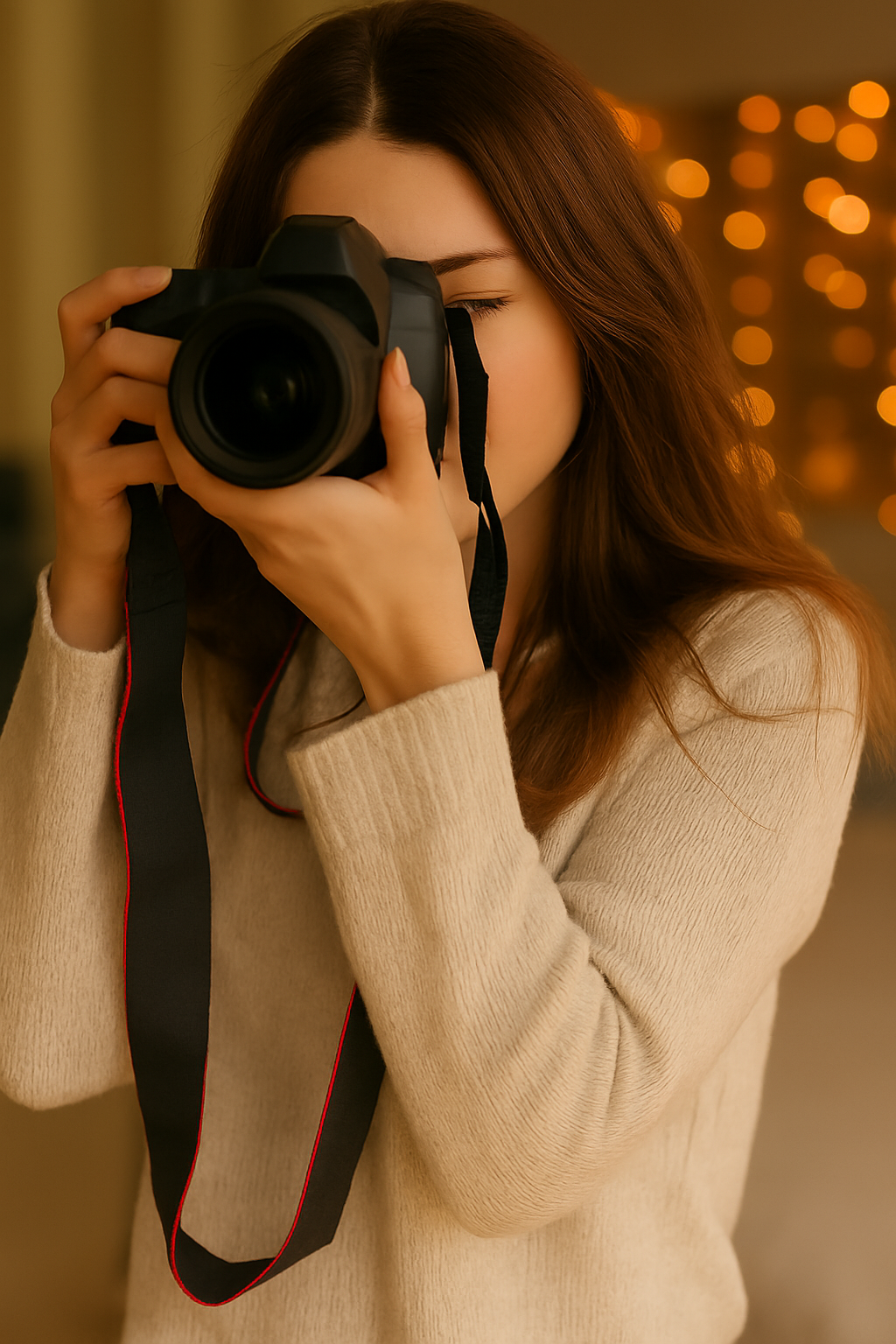Food photography is an essential skill for chefs, food bloggers, and other food-related businesses. It is a way to entice potential customers and showcase the beauty and deliciousness of a dish. In this article, we will explore how to make your dishes look mouth watering, succulent and simply delicious in photos. With an understanding of lighting, composition and angles plus styling and props not to mention camera settings, and editing, you too can master the art of great food photography.

Understanding Lighting
Lighting is one of the most important elements in food photography and can make or break an image. The three main types of lighting are natural, artificial, and ambient. Natural lighting is generally the best option, but it can be challenging to control and often requires diffusers and reflectors. Artificial lighting can be used to supplement natural lighting or to create a specific mood or effect. Ambient lighting is the existing light in a room and can be used to create a sense of atmosphere.
When taking any photo, it's important to pay attention to the direction and quality of the light. The key is to create a balance between shadows and highlights and to avoid harsh shadows or overexposed areas. To achieve this, it's important to diffuse the lighting and to be mindful of the angle of the light.

Composition and Angles
Composition and angles are also important elements in food photography. The way a dish is composed and shot can greatly affect how it looks in the final image. When composing a shot, it's important to think about the rule of thirds and to embrace the use of negative space to create a sense of depth and movement.
Angles are also important when photographing food. For example, a top-down shot can make a dish seem flat and unappealing, while a shot taken from a lower angle can make a dish look more interesting and dynamic. When taking a photo, don’t be afraid to experiment with different angles and to choose the one that best showcases the dish. For example, a shot taken from a low angle can make a dish look more dramatic and larger than life, while a shot taken from a high angle can make a dish look more delicate and refined.

Styling and Props
Styling and props are also important elements in food photography. They can be used to enhance the overall visual appeal of a dish and to create a sense of atmosphere. Styling a dish can involve arranging the food in a visually pleasing way, adjusting the lighting, and adding garnishes or other decorative elements.
Props can also be used to enhance the overall visual appeal of a dish. For example, using a vintage plate or a rustic cutting board can add a sense of character and personality to a photo. It's important to choose appropriate props to complement the dish and to use them only to enhance the image rather than overpower the main subject, which is the food.

Camera Settings and Editing
Camera settings and editing are also important elements in food photography. Understanding the basics of camera settings and editing is the first step in any kind of photograph. Camera settings such as aperture, shutter speed, and ISO can be adjusted to create different effects and to control the amount of light that enters the camera.
Editing can be used to enhance the final image and to correct any mistakes made during the shooting process. Basic editing tools such as cropping, brightness, contrast, and removing blemishes can be used to polish the final image and enhance the lusciousness of the photo.
Overall, food photography is an essential skill for chefs, food bloggers, and other food-related businesses. By understanding lighting, composition, angles, styling and props, plus camera settings, and editing, it's possible to make your dishes look appetizing in photos. Remember that food photography takes practice and experimentation, but by keeping these tips in mind, you can improve your skills and create delightful and mouth-watering photos that showcase the beauty and delectability of your dishes.
Remember, it's important to keep in mind that food photography is not only about creating a visually appealing image, but it also needs to awaken other senses in the viewer. The food must look scrumptious enough to compel the audience to crave a bite. So, when you are taking the pictures, try to make the food look like the best version of the dish as possible. The colors must be accurate and the lighting should complement the dish.
In order to take your food photography skills to the next level, consider taking our photography courses. Our experienced tutors provide hands-on training, real-world experience and expert insights to help you master the art of photography and make your dishes look delicious in photos. Sign up for our courses today and take the first step towards creating visually appealing and mouth-watering photos that will showcase the beauty and deliciousness of your dishes and bring more customers to your business or to you as a freelancer.

